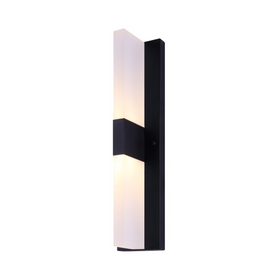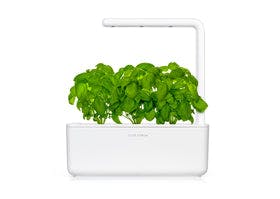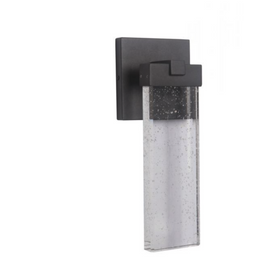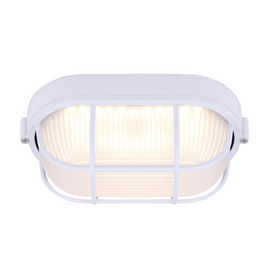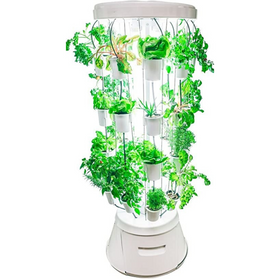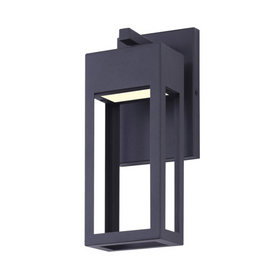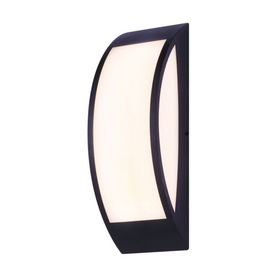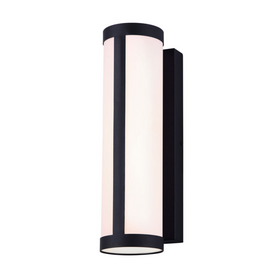
How to Have a Healthy Lawn
Last Updated: Apr 13, 2025Our grass yards: a place to put the hammock, a space to play badminton, or jump in the pool. We step outside into our yards to enjoy nature, relax, and have fun with the family. Many homeowners feel the perfect yard is one that is totally tamed, beaten into perfect manicured order. (Read this imaginary conversation on lawns to provide another perspective.) While seemingly low cost and low maintenance option, grass turf lawns require quite a bit of input—often known as “week ‘n feed”—in order to survive. Could you imagine not weed n’ feeding, daily watering, and weekly mowing to make it look almost like AstroTurf? How can we reduce our work time, increase the health and resiliency of the yard, and make it healthier for our family to enjoy? Read on.
Get Your Lawn Off Drugs
First things first, pesticides kill biological creatures. That is their job. They cannot however distinguish between a chinch bug, pine beetles, aphids, or humans. This means that the chemicals impact all living creatures, including your family. Kids and dog rolling in the grass? They are, unfortunately, rolling in pesticides. Pests survive where there is an opportunity—in other words, where there is ill-health in the system. If you think more about growing healthy soil, not healthy grass, you will be in a significantly better place for cultivating a healthy lawn, and you won’t need pesticides. Adding your own compost from your fall leaves, chopped up with the lawnmower, or set up in a composter to turn directly into compost is a free and easy way to boost the quality of your soil.
Table of Contents
- Let It Grow
- Get Your Yard Off Grass
- Larger Plants = Larger Benefits
- Where Does Your Water Come From?
- Timing of Watering
- Bottom Line

Let It Grow
Once you have a healthy yard now and healthy soil, the next thing to consider is the length of your grass. Why do we keep it trimmed to a millimeter of survival? The truth is, if you set your lawnmower on the highest, not the shortest setting, your grass will become healthier because it has a better chance to grow into the soil. The energy put into growing deeper into the soil means a stronger root system and the ability to access deeper water reserves. This creates a network root system, making the whole yard more resilient.
Get Your Yard Off Grass
Many northern climate zones plant Kentucky bluegrass as a standard lawn, even though Kentucky is not a northern, cold climate zone. So why do we plant a non-native grass where it needs lots of food and water and maintenance to survive? It has a reputation for producing lush, dense, durable, and beautiful deep green lawns—the “ideal” lawn—but it still requires a lot of maintenance, and it doesn’t really make sense. How about more local grasses, rye, fescues, and even better, clover? Did you know that there are types of clovers that simply don’t grow over 3” tall? They are wonderful for pollinators, create, soft, wonderful ground cover, and require significantly less maintenance once they take hold.

For those in the hot and dry climates like New Mexico and Arizona, lawns are not recommended because the inputs (food, water, maintenance) are incredibly high and do not fit the local climate region. In fact, in the City of Tucson, water rates became so high that beautiful, native desert landscapes have become the norm. For all regions, instead of lawns, consider planting native, indigenous low-water plants, which is called xeriscaping. This approach creates hardy plantings that can survive your climate significantly better, and dramatically reduces your need to weed n’ feed. These differing types of ground cover, depending on your region, could be tall grasses, sedum plants, clovers, and creepers. The more biodiverse your yard is, the greater the resiliency it will have.
Larger Plants = Larger Benefits
Once you have addressed your yard, consider looking at the larger plants, the trees, and shrubs on your property. Summers are getting hotter, no matter where you live. Our use of air conditioning is becoming more standard in many climates, but traditionally we would have sat outside under the shade of a tree and enjoyed a lovely drink in the cool breeze. Think about where you could enjoy the shade, and how the trees and shrubs leaf in the summer, and the movement of the sun. Choose a native or adaptive tree that will create shade for you and your family. For allergy sufferers, remember to pick low pollen trees and shrubs. Shrubs will help cool the hot air blowing as the air moves through the darker depths of the shrub. Keep in mind that the ground cover you are using must be shade tolerant, so it does require a whole yard approach to happy, healthy plants.
The location of those shade trees and shrubs can help keep your home cooler in the summer as well. The south and west sides get very hot in the later parts of the day. Shade trees and shrubs help keep the air conditioning off longer, reducing your energy bills. Also, consider where your air conditioning compressor is located. Is it in the afternoon sun, working extra hard? If you can’t move it, try to shade around it, which will reduce your energy bills inside the home when you have to turn it on. (This will also help buffer some of the noise.)
Where Does Your Water Come From?
Most of us water our gardens with water from the house: potable, safe, drinking water. This water contains chlorine to help keep our water supply safe, but it really is not ideal to take expensive, metered water, and throw it on the yard. Plants don’t need chlorinated water; in fact, they would prefer not to have it, as it is a biocide and is harmful to human and animal health. Rain barrels or rainwater harvesting systems are worth the time and effort, and depending on where you live, are mandatory. For those regions where it is not, consider capturing rain as best as you can, starting with rain barrels and scaling up as you get used to it. Your plants and soil will love you for it.
If you have a rainwater capture system, water as much as you can with the rainwater harvested water first, starting out with the more delicate and/or newer plants, to give them the healthiest water possible. Use the city water for the hardier plants and areas, with the goal of switching all of it to rainwater down the road.
Timing of Watering
While all plants need water, ideally, they get it from naturally-occurring sources such as rainwater. For those extreme hot summers, consider the timing of your watering. Water when the plant benefits the most, which is oftentimes early in the morning. Watering in the middle of a hot sunny day is not ideal, as much of the water simply evaporates. Do not set up the sprinkler and walk away; neither should you have your in-ground sprinkler system run every day. Irrigation controllers can help reduce outdoor water usage and take the guesswork out of watering. Remember though, brown grass in late August is pretty normal for most regions, and part of the life cycle of the plant.
Bottom Line
Just like the interior of our houses, our yards can be healthier. Focussing on the soil, and the roots of plants, ensuring they have the nutrients and water that they need is key. By choosing grasses, plants, shrubs, and trees that thrive in your climate, you will create a space that can be enjoyed by you, your family, the greater community of animals, birds, bugs, and microbes together. Think of it, not as your yard but your own personal ecosystem.
Stephen Collette
Stephen Collette is a Building Biologist, Building Science Consultant, LEED Accredited Professional, and a Heritage Professional. Stephen is the owner of Your Healthy House and lives in Lakefield, ON with his wife and 2 daughters.


